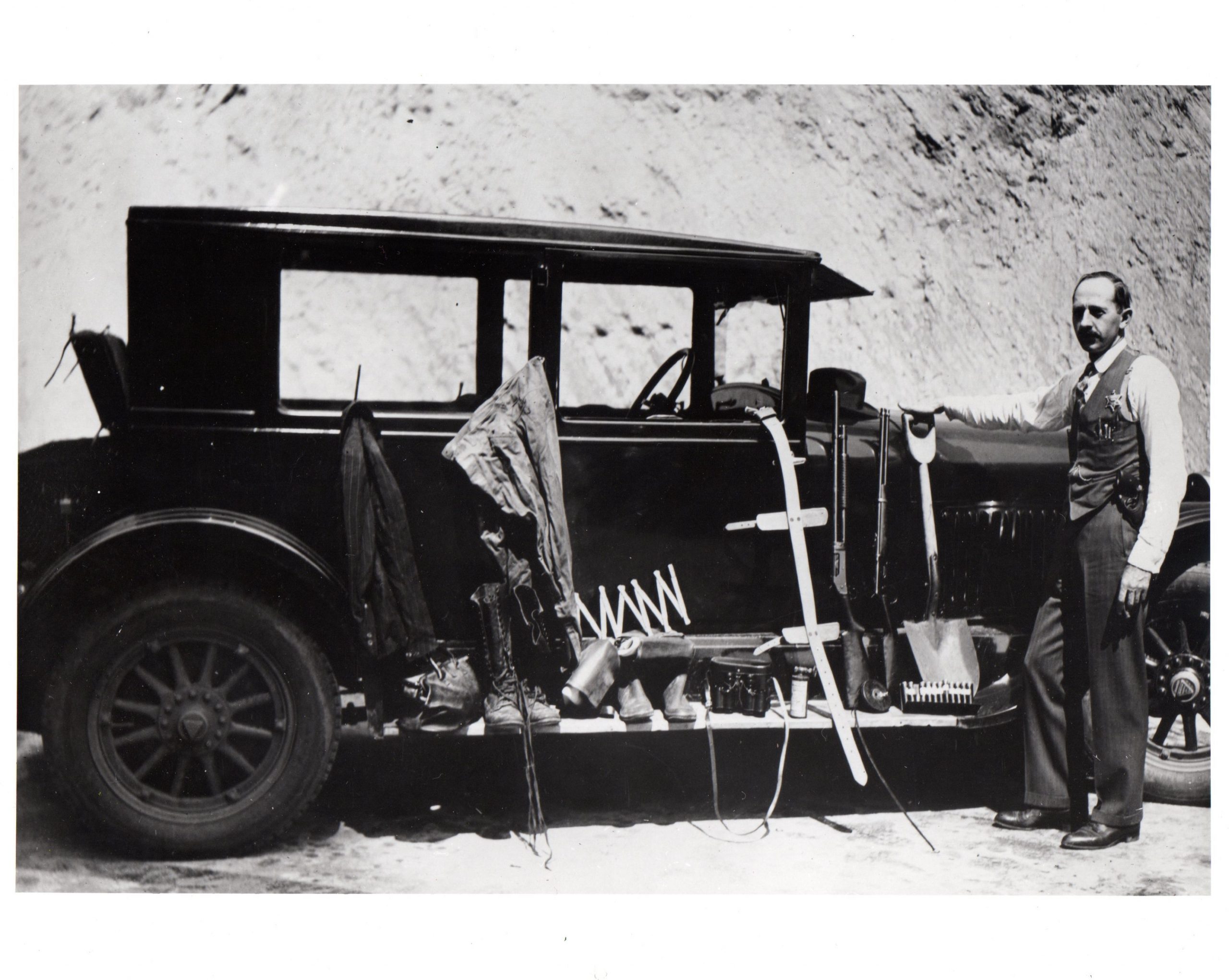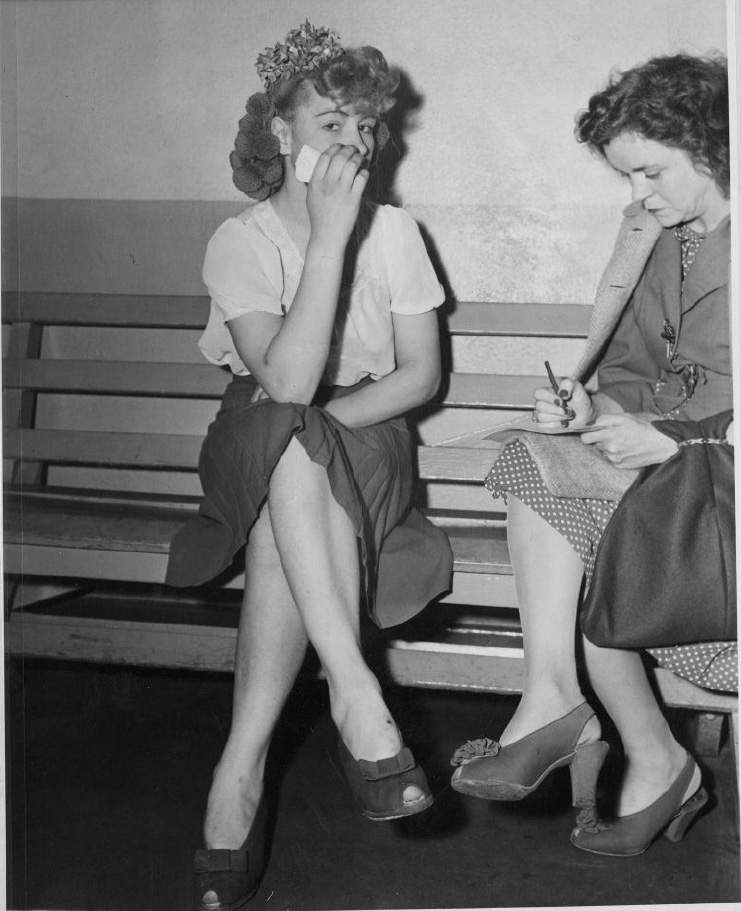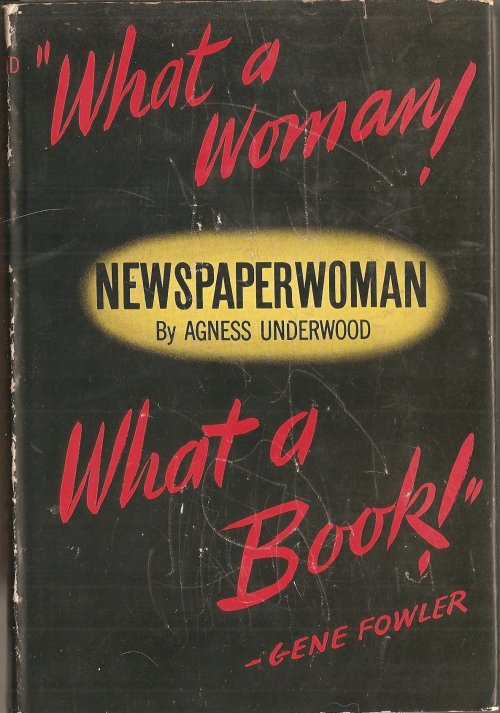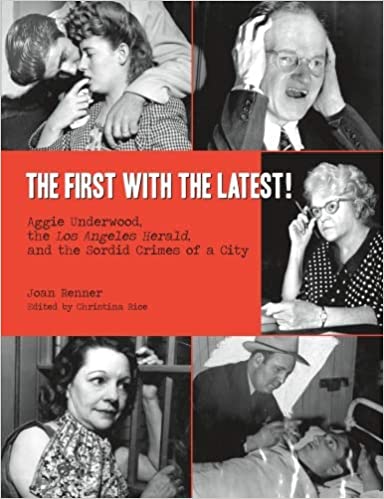
Norris Stensland was a member of the Los Angeles County Sheriff’s Department from the early 1920s until his retirement in 1951. During those three decades, he worked on many of the most sensational crimes in county history.
Single-handed he captured a fugitive cop-killer, for which he received a diamond studded badge. He was in shoot-outs, interviewed killers, grieving parents, and delinquent children.
When he wasn’t catching crooks, Norris was a keen inventor with an interest in forensic science. His most spectacular invention was a camera gun. It must be seen to be believed.
Was Norris Stensland a law enforcement Renaissance man? I believe he was.
The bespectacled lawman’s unassuming appearance lulled many felons into a false sense of security, but he didn’t earn the nicknames The Human Bloodhound, Sherlock and Little Satan for nothing.
Join me as I uncover facts about the life and career of this legendary Los Angeles lawman.



